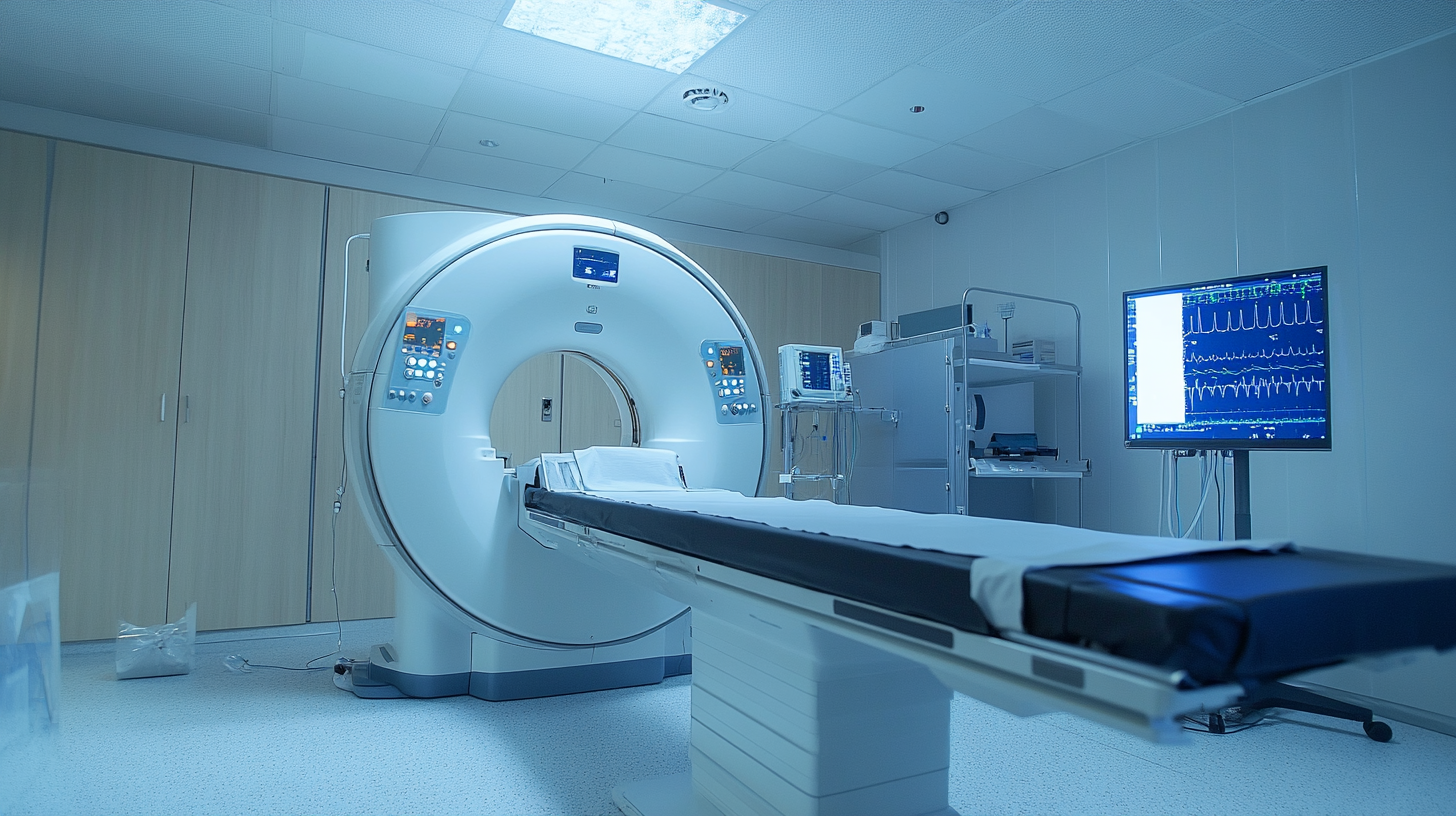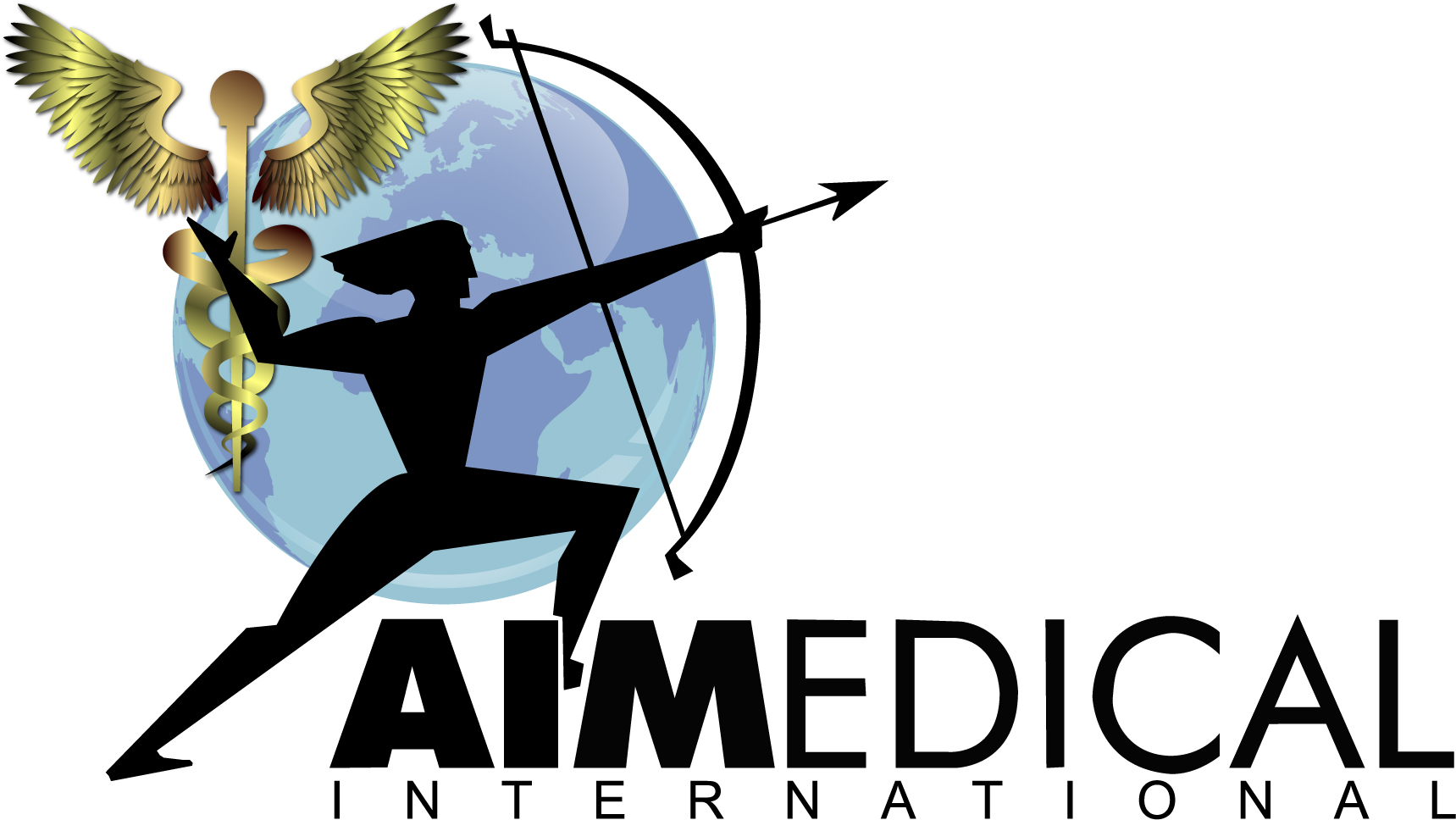Ultimate Guide to Essentials When Sourcing Used EEG Equipment for Global Buyers
In recent years, the demand for neurodiagnostic equipment, particularly used EEG equipment, has surged globally. According to a report by Grand View Research, the global electroencephalography market is expected to reach USD 1.4 billion by 2027, growing at a CAGR of 6.2%. This growth highlights the increasing importance of EEG technology in diagnosing and monitoring neurological disorders. As healthcare facilities worldwide strive to optimize their budgets while maintaining high-quality patient care, sourcing used EEG equipment has become a strategic move for many global buyers.
However, navigating the used medical equipment market can be complex and daunting. Buyers must ensure not only the reliability and condition of the equipment but also compliance with varying international regulations. A comprehensive understanding of the market dynamics and the importance of sourcing used EEG equipment is essential for buyers. By considering factors such as cost-effectiveness, equipment quality, and supplier reputation, informed decisions can lead to successful acquisitions that enhance patient outcomes while supporting financial sustainability in healthcare facilities.

Understanding the Importance of Used EEG Equipment in Global Markets
When it comes to neurodiagnostic tools, the significance of used EEG (electroencephalogram) equipment in global markets cannot be overstated. The growing need for affordable healthcare solutions has led hospitals and clinics worldwide to consider cost-effective alternatives to new machines. Used EEG equipment serves as a viable option, providing access to essential diagnostic capabilities without the exorbitant price tag associated with brand-new devices. This accessibility is particularly crucial in developing regions, where budget constraints can limit the quality of medical care. Moreover, the demand for used EEG equipment reflects a broader trend towards sustainability in healthcare. By repurposing existing equipment, medical facilities contribute to waste reduction in an industry notorious for rapid technological turnover. Buyers in various markets are increasingly recognizing that high-quality, pre-owned EEG machines can deliver reliable performance, thereby supporting better patient outcomes. This mindset shift not only enhances diagnostic capabilities but also aligns with global sustainability goals. Additionally, understanding the nuances of used EEG equipment sourcing is pivotal for global buyers. Factors such as the equipment's condition, compliance with industry standards, and the reputation of the seller directly impact the procurement process. Buyers must prioritize trusted sources that offer comprehensive warranties and post-purchase support to ensure that they are making a sound investment. As the importance of used EEG equipment continues to grow, informed purchasing decisions will be essential for improving health services across diverse markets.

Key Considerations for Sourcing Quality Used EEG Devices
When sourcing used EEG devices, quality is paramount. The global EEG market, projected to reach approximately $2.5 billion by 2025, underscores the importance of investing in reliable equipment. For buyers, understanding key considerations can significantly influence their purchase effectiveness and hospital operational success.
Firstly, it's essential to evaluate the equipment's condition and functionality. According to a report by Research and Markets, nearly 80% of medical equipment failures stem from poor maintenance and lack of up-to-date hardware. This highlights the necessity for thorough inspections and certification checks. Buyers should look for vendors who provide detailed maintenance histories and warranties, ensuring they are purchasing fully functional devices.
Secondly, compatibility with existing systems is crucial. The EEG landscape is shifting towards advanced technologies, including wireless systems and integrated software for data analytics. A survey conducted by the American Clinical Neurophysiology Society revealed that 65% of professionals prioritize device interoperability when selecting EEG equipment. Buyers must ensure that any used device they consider can seamlessly integrate with their current technology, enhancing both efficiency and patient care quality.
Lastly, regulatory compliance cannot be overlooked. The FDA maintains strict guidelines for medical equipment, which extends to used devices. Organizations must confirm that the EEG equipment meets all local and international regulations to avoid potential legal ramifications. Partnering with reputable suppliers who understand and comply with these regulations can save time and resources while safeguarding patient safety.

Evaluating the Reliability of Sellers in the Used EEG Equipment Industry
When sourcing used EEG equipment, evaluating the reliability of sellers is paramount for global buyers. The used medical equipment market, while flourishing, is rife with challenges, including the proliferation of unreliable vendors and varying standards of product quality. To mitigate these risks, buyers need to conduct thorough due diligence before finalizing a purchase.
Start by investigating the seller’s reputation within the industry. Look for reviews, testimonials, and ratings from previous clients. Established sellers with a track record of reliability often have certifications or affiliations with recognized medical equipment organizations. Additionally, engaging in direct communication with the seller can reveal a lot about their legitimacy. Asking probing questions regarding their sourcing practices and warranty policies can provide deeper insights into their business ethics and reliability.
Another critical aspect is to verify the condition and functionality of the EEG equipment. Reputable sellers should be transparent about the equipment’s history, including any repairs or refurbishments. Requesting detailed photographs, service records, and demonstration videos can help confirm the seller’s claims. Moreover, buyers should consider involving an independent expert to assess the equipment if possible, ensuring that any investment made is sound and justifiable. This diligence not only safeguards financial investments but also supports the ethical procurement of essential medical resources.

Navigating Regulatory Compliance for Imported EEG Equipment
When sourcing used EEG equipment for global trade, navigating the intricate landscape of regulatory compliance is paramount, particularly for buyers looking to import into the European Union. The recent EU organic regulations, set to take effect in 2025, highlight the increasing rigor of import standards that will impact numerous industries, including medical equipment. These regulations not only demand adherence to stringent safety standards but also complicate the overall import process, requiring comprehensive documentation and thorough inspections.
As EEG equipment often contains sensitive electronic components, understanding tariffs and anti-dumping duties is crucial for global buyers. Import tariffs can significantly affect the final cost and pricing strategy, reflecting a growing trend where international trade law is tightening. With national differences in import regulations and safety standards, buyers must conduct extensive due diligence to ensure compliance. According to industry data, non-compliance can lead to delays, additional costs, and potential seizure of goods, underscoring the importance of aligning with the latest importation guidelines.
Additionally, ongoing shifts in customs regulations around the globe, including emerging regulations in the Middle East and China, are transforming how businesses approach sourcing and logistics. A meticulous approach to navigating these evolving standards is essential not only for legal compliance but also for maintaining competitive advantage in the international market. Engaging with regulatory experts can provide invaluable insights into managing the complexities associated with importing used EEG equipment, thus enabling buyers to mitigate risks and seize opportunities in this specialized marketplace.
Best Practices for Inspecting and Testing Used EEG Equipment Prior to Purchase
When sourcing used EEG equipment, it's essential to implement best practices for inspecting and testing to ensure you're making a sound investment. The global EEG market is expected to reach USD 2.5 billion by 2026, with a compound annual growth rate (CAGR) of 7.2% from 2021, according to a report by Grand View Research. This robust growth is driven by the increasing prevalence of neurological disorders, and as a buyer, the quality of your equipment can significantly impact your service delivery.
First, perform a thorough visual inspection to assess the condition of the equipment. Look for signs of wear and tear, corrosion, or damage that could affect functionality. Additionally, verify that all components are accounted for. The American Clinical Neurophysiology Society (ACNS) recommends checking the integrity of electrodes and leads as they are critical for accurate readings. Misalignment or wear in these components can lead to false results, undermining the purpose of the diagnostic tool.
Once you've conducted a visual inspection, proceed to functional testing. Utilize benchmarking reports from industry leaders to establish acceptable performance metrics for the specific model you're evaluating. A study published in the Journal of Clinical Neurophysiology highlights that up to 27% of used EEG devices fail quality assurance tests due to outdated software or hardware issues. Ensure that all software is updated and compatible, and perform calibration tests to ascertain that the equipment operates within established standards. By adhering to these inspection and testing protocols, global buyers can mitigate risks and optimize their investments in used EEG equipment.

